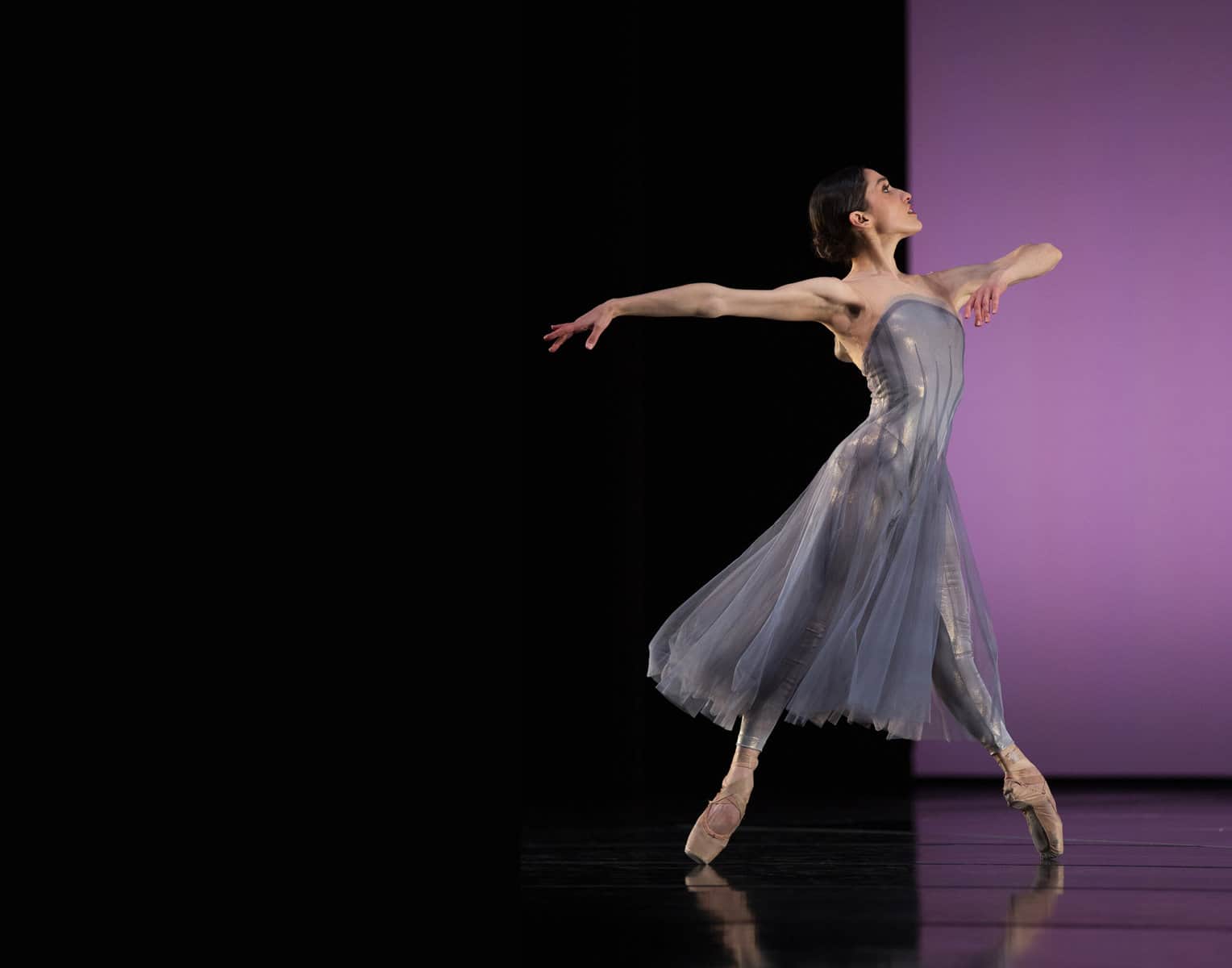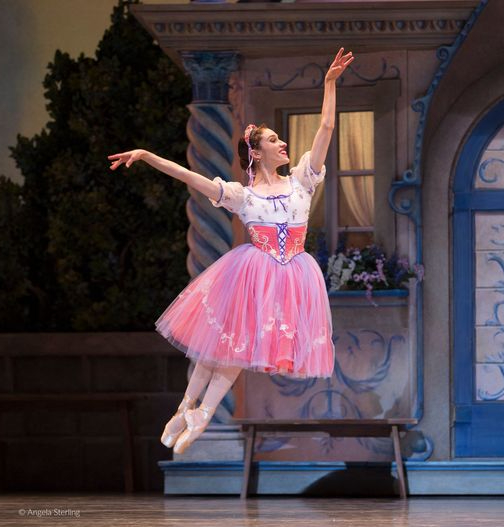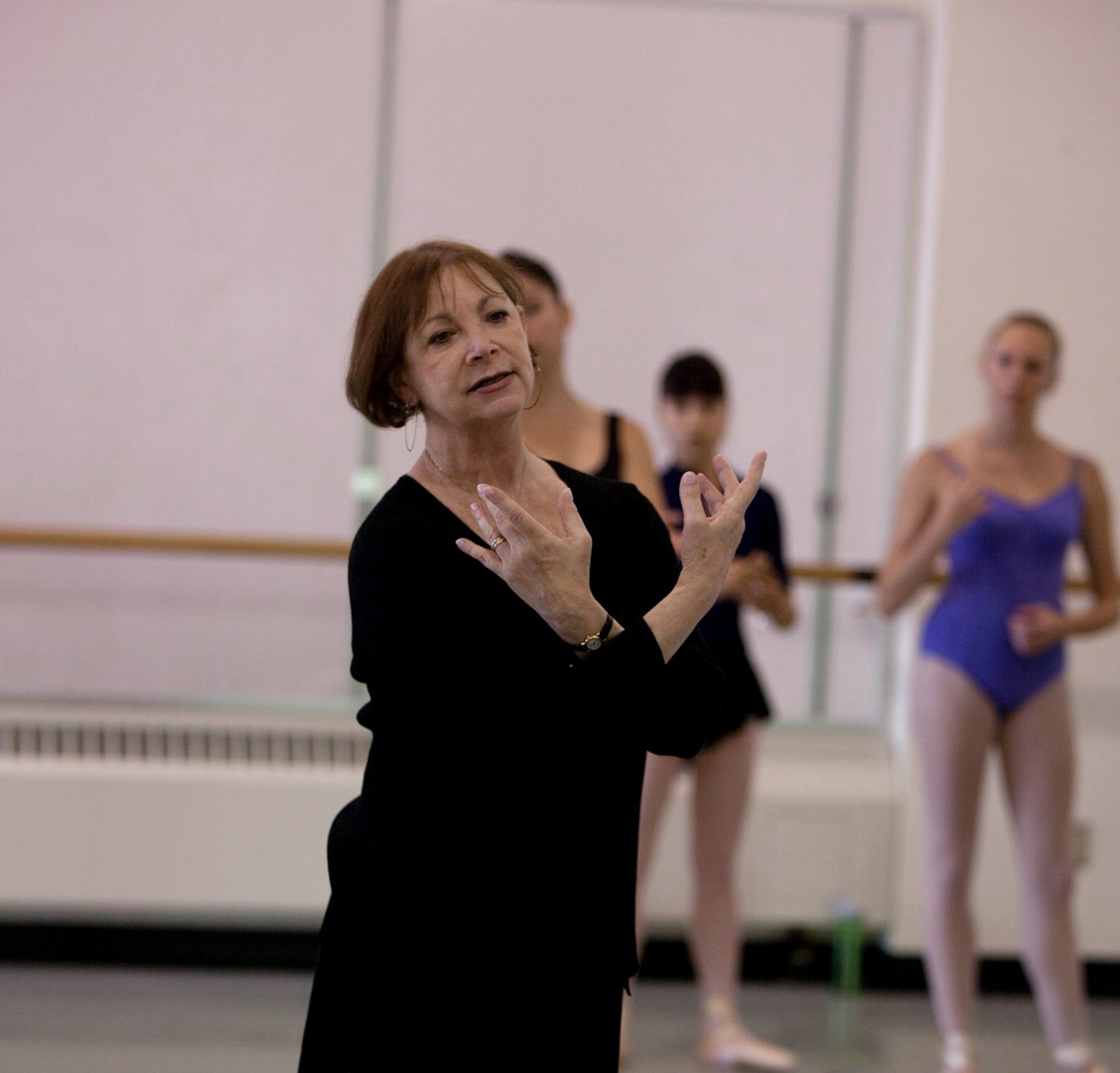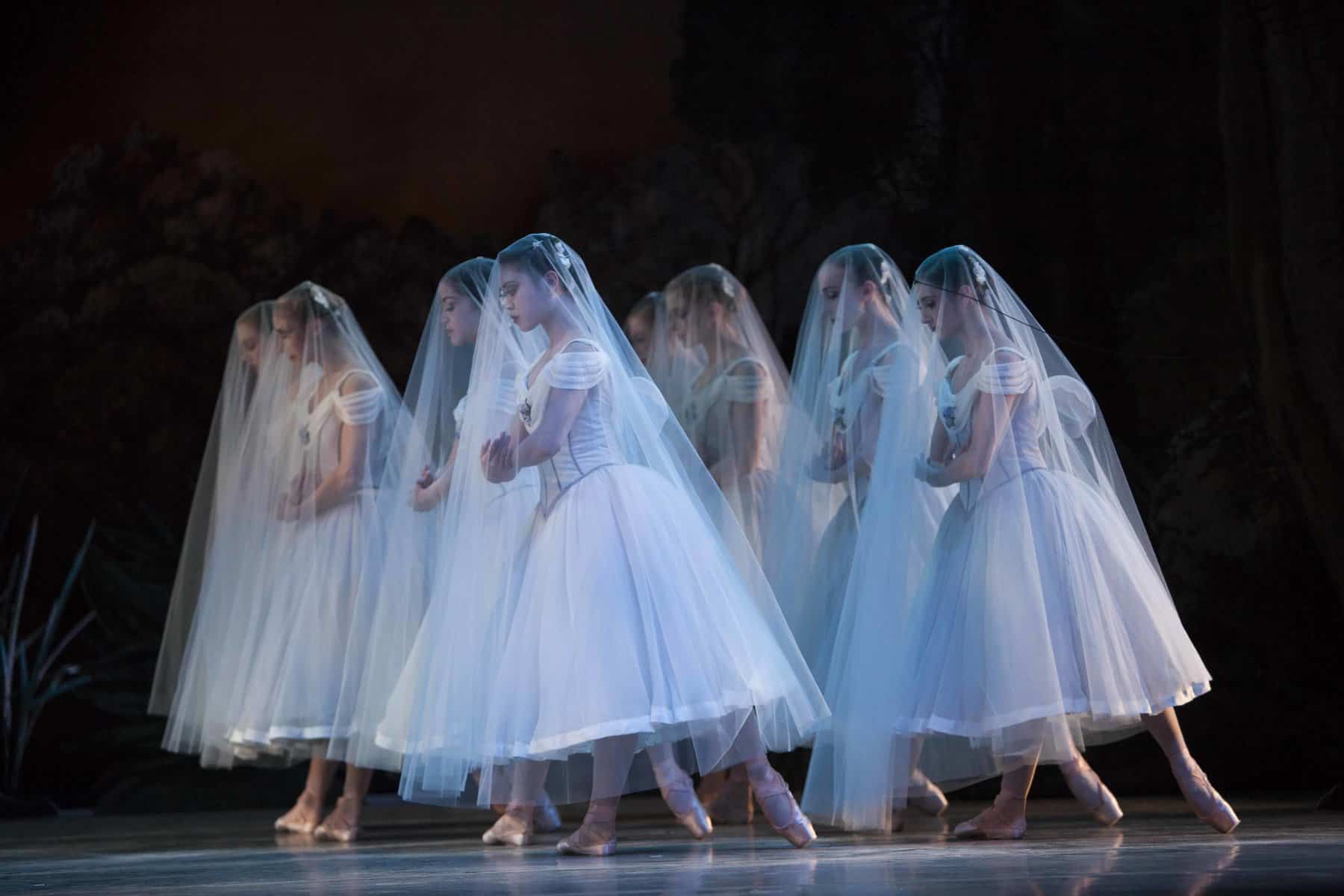George Balanchine
Choreographer
Works Performed by PNB
Agon
Allegro Brillante
Apollo
Ballet Imperial
Brahms-Schoenberg Quartet
Chaconne
Concerto Barocco
Coppelia
Diamonds
Divertimento #15
Duo Concertant
Emeralds
Four Temperaments
Jewels
La Sonnambula
La Valse
A Midsummer Night’s Dream
Pavane
Prodigal Son
Rubies
Serenade
Slaughter on Tenth Avenue
Square Dance
Stars and Stripes
Stravinsky Violin Concerto
Symphony in C
Symphony in Three Movements
Tarantella Pas de Deux
Tchaikovsky Pas de Deux
The Four Temperaments
The Nutcracker
Theme and Variations
Valse Fantaisie
Western Symphony
Who Cares?
Born in St. Petersburg, Russia, George Balanchine (1904-1983) is regarded as the foremost contemporary choreographer in the world of ballet. He came to the United States in late 1933, at the age of 29, accepting the invitation of the young American arts patron Lincoln Kirstein (1907-1996), whose great passions included the dream of creating a ballet company in America. At Balanchine’s behest, the School of American Ballet was founded in 1934, the first product of the Balanchine-Kirstein collaboration. Several ballet companies directed by the two were created and dissolved in the years that followed, while Balanchine found other outlets for his choreography. Eventually, with a performance on October 11, 1948, New York City Ballet was born. Balanchine served as its ballet master and principal choreographer from 1948 until his death in 1983.
Balanchine’s more than 400 dance works include Serenade (1934), Concerto Barocco (1941), Le Palais de Cristal, later renamed Symphony in C (1947), Orpheus (1948), The Nutcracker (1954), Agon (1957), Symphony in Three Movements (1972), Stravinsky Violin Concerto (1972), Vienna Waltzes (1977), Ballo della Regina (1978), and Mozartiana (1981). His final ballet, a new version of Stravinsky’s Variations for Orchestra, was created in 1982. He also choreographed for films, operas, revues, and musicals. Among his best-known dances for the stage is Slaughter on Tenth Avenue, originally created for Broadway’s On Your Toes (1936). The musical was later made into a movie.
A major artistic figure of the twentieth century, Balanchine revolutionized the look of classical ballet. Taking classicism as his base, he heightened, quickened, expanded, streamlined, and even inverted the fundamentals of the 400-year-old language of academic dance. This had an inestimable influence on the growth of dance in America. Although at first his style seemed particularly suited to the energy and speed of American dancers, especially those he trained, his ballets are now performed by all the major classical ballet companies throughout the world.
Reprinted by permission of The George Balanchine Foundation.





